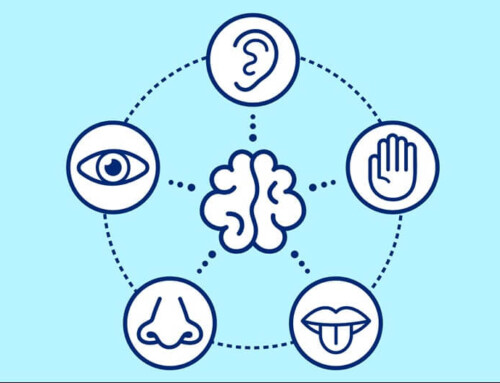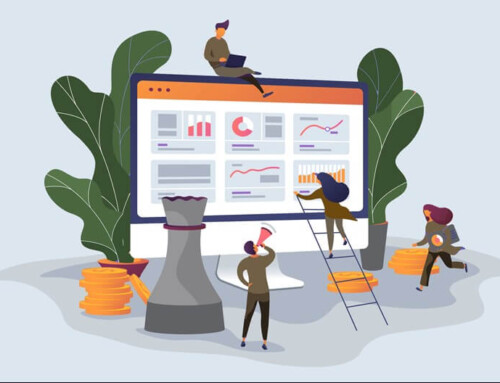Highly effective meetings provide a golden opportunity for vital team updates and innovative brainstorming. However, when they are poorly organized and run on for hours longer than intended, meetings can become a waste of time and energy. Additionally, employees may begin to perceive meetings as detrimental to an efficient workplace and come to resent them. This article offers five effective meetings tips to integrate as part of your productive meeting strategy.
Come Prepared
For smaller or weekly meetings, send an agenda at least 24 hours in advance. Large meetings or special events require giving attendees a week or more to review the agenda. Agendas that contribute to highly effective meetings typically include the meeting title in bold at the top, followed by a very brief description of the topic(s) at hand. Items to discuss are most often formatted in concise bullet points. To help facilitate fast meetings, assign a time frame to each presenter.
Encourage Participation
While you do not want attendees to run on forever, in some cases it is wise to add a time frame for each person present to provide an update on their assigned area. It is easy for communication to fall through the cracks during a frenetic work week, and crossed wires can lead to damaging oversights or prolonged completion of projects. Allowing participants to provide updates helps keep all team members connected on initiatives and assignments that are in the works.
Cap the Number of Attendees
The number of attendees you decide to include can vary according to the size or your organization or an event your organization is hosting. But regardless of size, it is best to keep the invite list streamlined by limiting it to those participants whose attendance is essential to the purpose of the meeting. Large organizations may even want to segment staff and customer meetings by teams or departments. Overdoing it on the invite list may prevent your organization from executing highly effective meetings.
Stay on Schedule
Few parts of a workday are more frustrating than a meeting that goes into overtime. And when this happens, attendees often stop listening and start thinking about the deadlines they need to meet or emails accumulating in their inbox. This is one reason why creating a tight agenda is critical. That is the first step. However, if the second step – that is, sticking to the agenda – is not followed, the meeting can easily run long. Fast meetings require staying on schedule according to the agenda.
Wrap Up Thoroughly
Depending on how many attendees are present, dedicate five to 10 minutes to confirm key decisions and lay out next steps. This includes assigning specific action items, complete with deadlines, to each team member. You can handle this portion of the meeting verbally or via technology. For example, you may want to create a Google Doc that consists of assignments.
As demonstrated by the aforementioned tips, conducting highly effective meetings is very feasible when you apply careful planning and smart time allotment. Transforming meetings that drag out into fast meetings is entirely possible. The result? Higher productivity and a happier staff – both ingredients for success.
Learn more about how to execute highly effective meetings
Need help with your next corporate meeting or event? Discover how Gavel International’s outsourced meeting planning can help your business.
This article was last updated on May 12, 2025
- 4 Tips for Preserving Company Culture and Morale While Scaling Up - June 23, 2025
- Revitalize Meetings with Engaging Breakout Sessions - June 9, 2025
- Reconsider Best Practices Before They Leave Your Business Stranded - May 26, 2025






